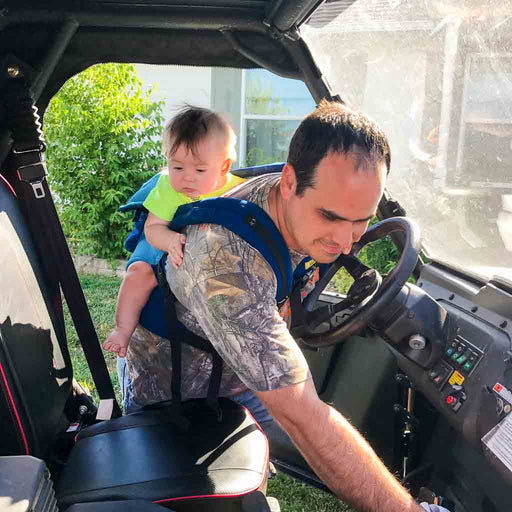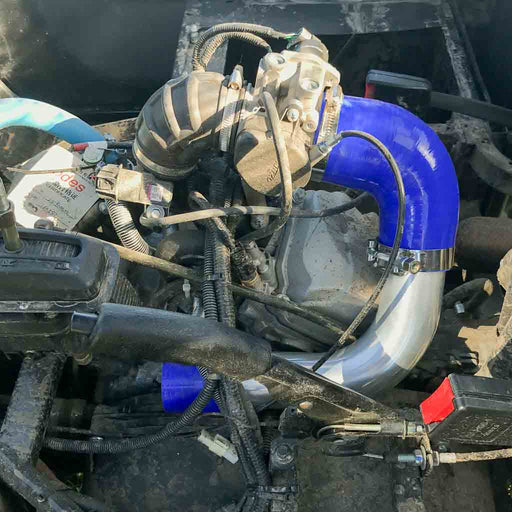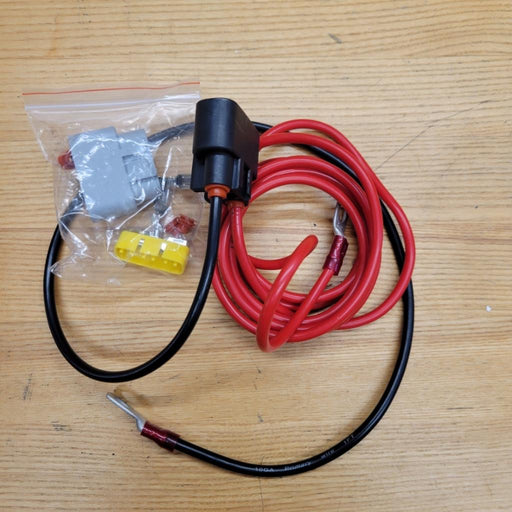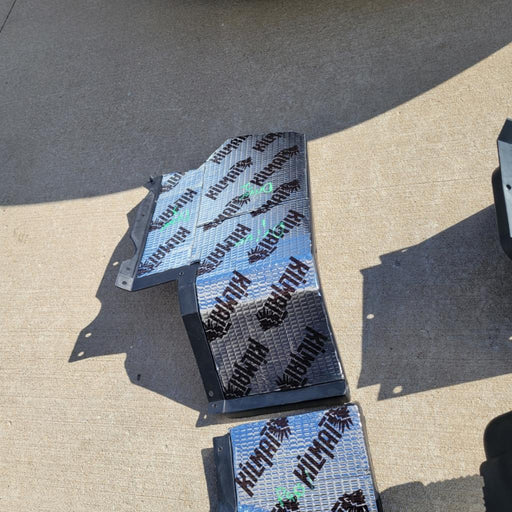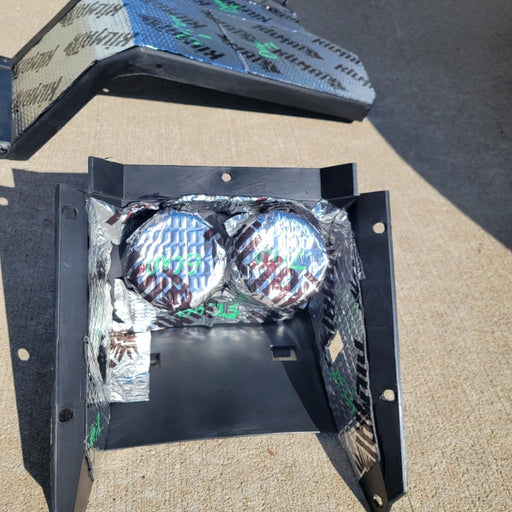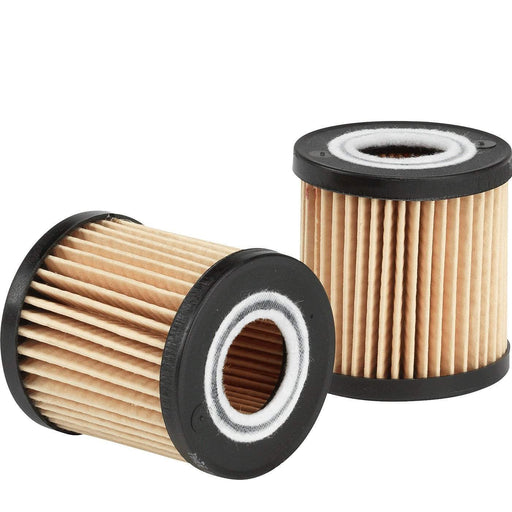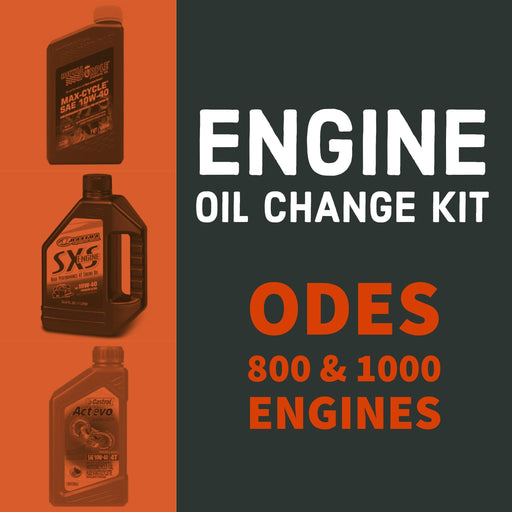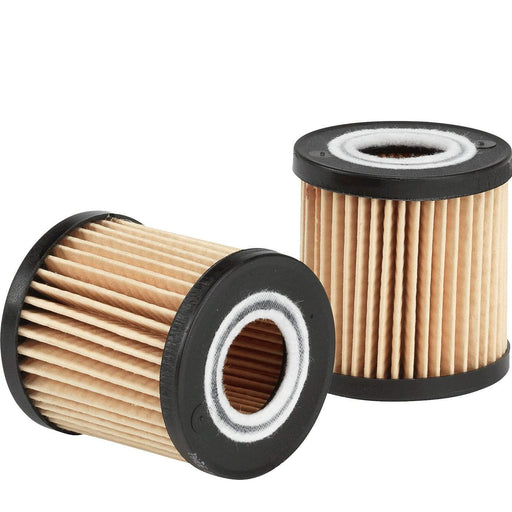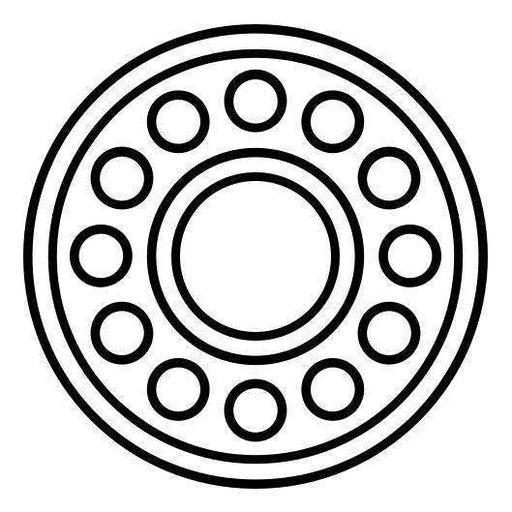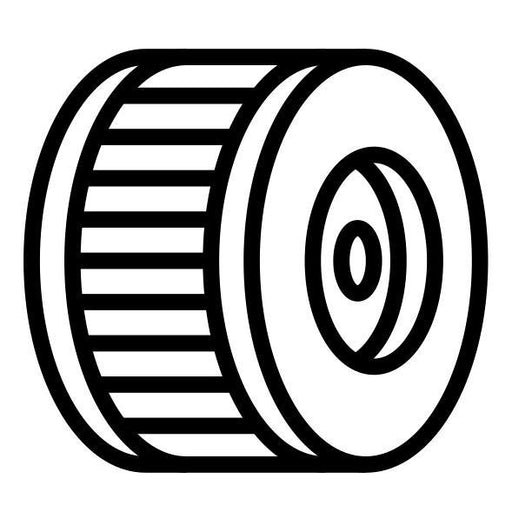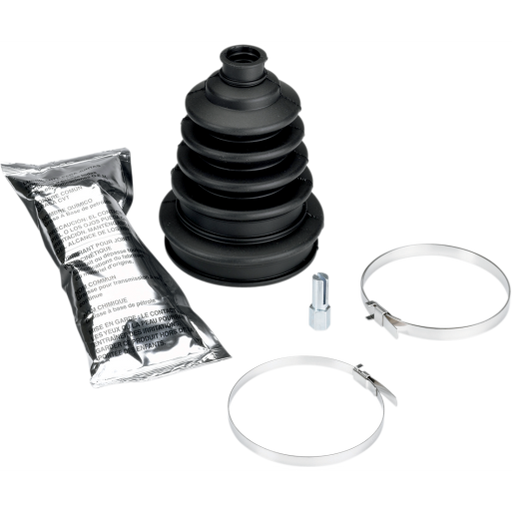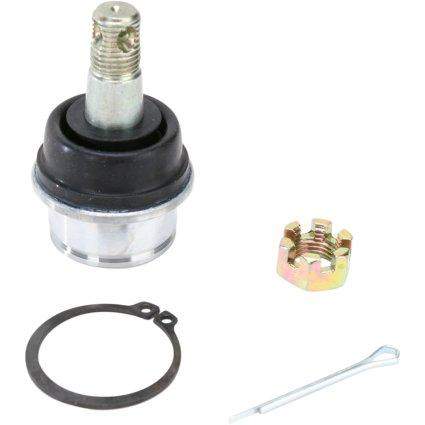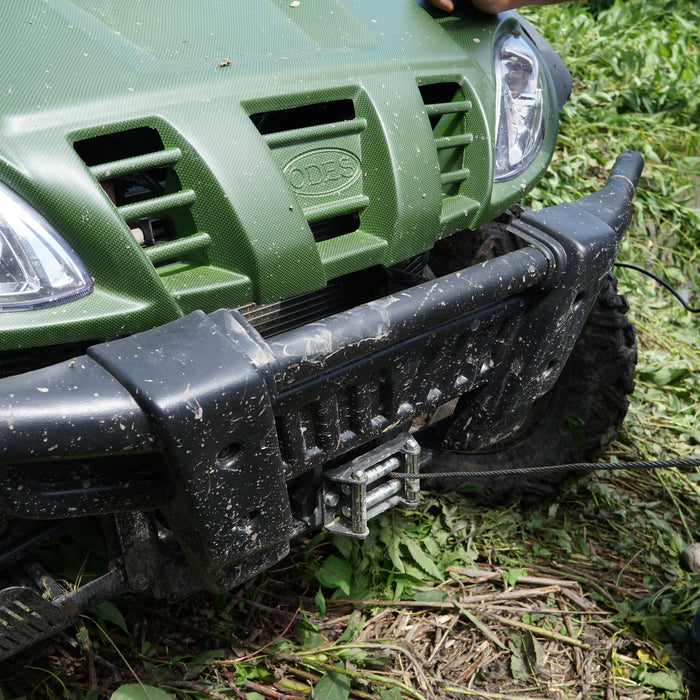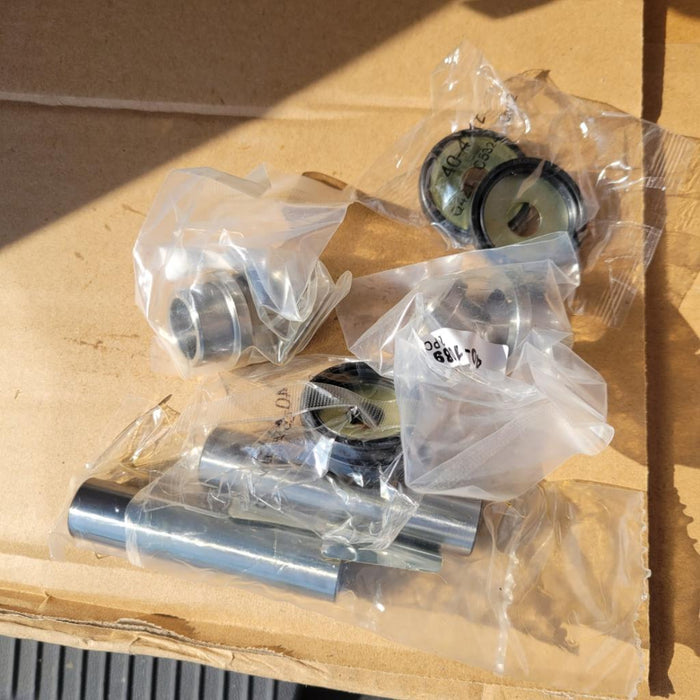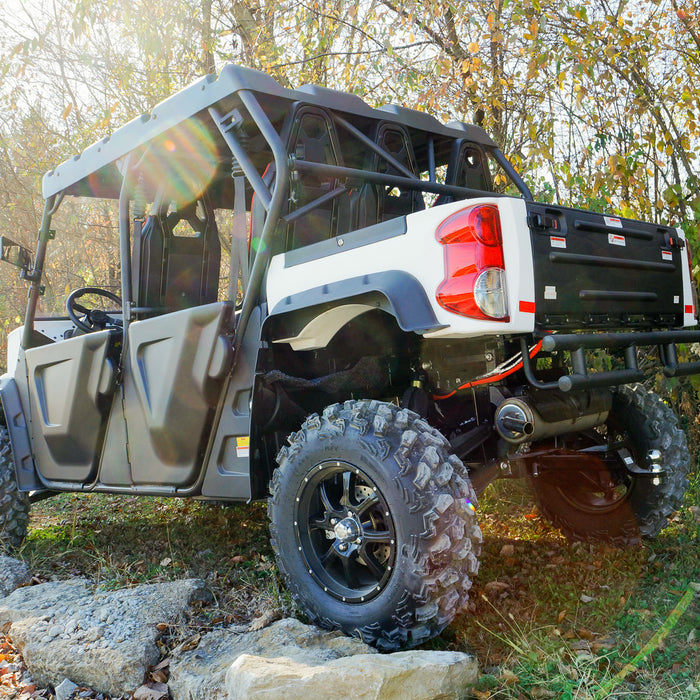
New vs Used: Two Extreme Examples
When Scott and I started dating, one of the very first things we did was go out and ride together. I didn’t have an ATV at the time, so this meant that we would ride his. Together. As in with me on the back of his sport quad. (Although, I did drive from time to time). Now the thought makes me wince. I love my hubby and I won’t say I didn’t love wrapping my arms around him while playfully begging him to slow down. But it’s definitely not something we would do now. But what can I say? We were young. And now that we’re all grown up, I want to be clear; we definitely don’t recommend two riders on one ATV (at least not a sport quad). Fortunately, it wasn’t something we did for long. Very early in our relationship, we found that riding together was something we really enjoyed. It wasn’t long before we (Scott) started looking for an ATV for me. Because our needs (and wants) were different for each bike, the circumstances surrounding the purchases differed as well. And because we are both still very happy with the first ATVs we owned, we thought it would be fun to explore the differences in buying new vs used as well as making a purchase for an experienced rider (Scott) vs a beginner (me).
Scott’s Bike 
Stats:
- 2005 Kawasaki KFX 400
- Purchased new in December 2004 for $5400-ish
- MSRP at the time of purchase was around $6000
- Total spent on modifications = $900-ish in January 2005
When I look at the initial cost of Scott’s bike, I can’t help but smile. In 2005, he had just turned 20 was on active duty in the Army. Uncle Sam was paying for his housing and his food. And being only 20, this was before there was a mortgage or mouths to feed. He still gets to buy toys now, but I’m sure we’re not the only ones who feel like there is always something getting in the way. A leaky roof, the car needs new tires, or it’s finally time to replace the hand-me down washer and dryer for a new set of our own. I am so grateful that he had the time and means to be a bachelor. But there is more to this story… Four days after Scott purchased his first ATV, he broke his collarbone. With nothing better to do, he researched and ordered accessories online. Two weeks later, when he was finally able to move his left arm, he began installing his new parts.

To be fair, most of the parts that he installed were for safety. Like the nerf bars seen in the photo above. He splurged on a set of Pro Armor nerf bars with heel guards. I am so jealous.

Pro Armor nerf bars are bolted onto the a-arm mount that is welded to the frame of the bike. They are engineered so that when they are installed they become part of the frame, which makes them substantially stronger. While he was at it, he also installed full body skids. If you read our post about Spring PMCS, you're probably thinking we should follow our own advice and replace the bolt that is missing.

He ordered the front bumper from AC Racing.

We both really like the style of his front bumper. It's not flashy and the aluminum and curves ties in really well with the rest of the accessories. And I love the zip ties. They held a number plate on from the first race we did together. (Well, he raced, I watched.) We save movie tickets and hotel keys too. Weirdoes. The bumper makes a good place to keep a strap too. I don't think we can count the number of times that strap has been used. The grab bar was upgraded by a friend who broke the stock one. Oops! It was purchased locally and we're not sure of the brand, but we really like the style. When shooting the photo of Scott's grab bar, I couldn't help but notice the sticker on his seat which specifically says not to ride with two people. Kids.

Some of the upgrades were small and came later, like when we needed a tether as part of the above mentioned race requirements. You can also see the Pro Armor boot guard next to the tether in the photo below.

We picked the tether up from a local dealership at the last minute, but I definitely wouldn't recommend going that route. You can pick them up pretty cheap online. This one from Rocky Mountain ATV/MC is much more reasonably priced. Of course, just because you buy new and want new accessories doesn't mean you have to give full price. Scott got a great deal on a Rossier exhaust kit. They were looking for feedback and he was able to purchase the kit at cost just by answering a few questions. This was back before we started our business and before the blog, so it's not like we had any contacts. Just did some asking around.  So there's one end of the spectrum. The end where you buy a brand new ATV, break your collarbone, and then get to spend two weeks buying accessories. Of course, feel free to skip the broken collarbone. But what if you're on the other end of the spectrum? Maybe a new bike is not in the budget. Or maybe like us, you don't want to make that much of a commitment to something you're not sure about yet. Every experience is different but here is how our's played out...
So there's one end of the spectrum. The end where you buy a brand new ATV, break your collarbone, and then get to spend two weeks buying accessories. Of course, feel free to skip the broken collarbone. But what if you're on the other end of the spectrum? Maybe a new bike is not in the budget. Or maybe like us, you don't want to make that much of a commitment to something you're not sure about yet. Every experience is different but here is how our's played out...
Beth’s Bike  Stats:
Stats:
- 1999 Yamaha Warrior 350
- When our friend purchased a new ATV, we made a trade for the old one in Spring 2006
- We traded a four-inch exhaust made for a diesel pickup, a set of gauges, and a diesel programmer. Scott also did the install. So it was a trade for goods and labor.
- NADA value at the time was around $1500-$2000, which is about what it is now
- Initial Maintenance Costs = $100-ish in Spring 2006
- Total spent on modifications = $75-100 over the last two years
When it came to my ATV, we were significantly more conservative than when we purchased Scott’s. I had just started riding and we wanted to make sure it was something that I was going to stick with. Because my bike was about seven years old at the time, we had some small maintenance costs initially. It had been leaking fuel so we replaced the carburetor kit right off the bat. We also purchased new brakes and replaced the engine mount. Total, we spent about $100 on initial maintenance, which really isn’t bad. We saved a lot by doing the work ourselves. (Well, Scott did it. Back then I wasn’t nearly as involved in maintenance as I am now.) My bike is almost entirely stock. When it comes to modifications, we've only made two so far. The very first was a set of nerf bars. I'm not sure what brand they are, but they're pretty basic. (Not that they don't do the trick)  One thing to consider when buying an older ATV is that the accessories you want may not be as readily available. For example, I am so envious of Scott's nerf bars. While mine do the job, they are not nearly as fancy. My nerf bars require u-bolts to install, they have a smaller foot peg, and there is not an attached heel guard. Because I don't ride as hard as Scott does and my feet are smaller, the first two points don't really concern me too much, but I would really love to have a heel guard. Now that my ATV is 12+ years old, they are hard to come by. Additionally, I love that his nerf bars have a larger netted area.
One thing to consider when buying an older ATV is that the accessories you want may not be as readily available. For example, I am so envious of Scott's nerf bars. While mine do the job, they are not nearly as fancy. My nerf bars require u-bolts to install, they have a smaller foot peg, and there is not an attached heel guard. Because I don't ride as hard as Scott does and my feet are smaller, the first two points don't really concern me too much, but I would really love to have a heel guard. Now that my ATV is 12+ years old, they are hard to come by. Additionally, I love that his nerf bars have a larger netted area.  The only other modification to my bike was fairly recently. Last year, we installed a Motion Pro T2 clutch cable. It's an invisible upgrade but it has really made a difference. Because the housing is vinyl, the cable slides significantly easier than the OEM cable did. This has helped me tremendously. I have small hands, so stretching them out to the clutch can be tedious anyway. By reducing the force that I need to pull the clutch, I am experiencing less fatigue in my hand and am able to ride for longer periods of time. Fortunately, this was one area where having an older bike didn't seem to matter much. And honestly, even if I were to get a newer bike, switching out the clutch cable will probably be the first thing on my list. I definitely recommend the Motion Pro cables, especially for anyone with smaller hands or who experiences cramping or fatigue early during a ride. We are big believers that improving the comfort of your ride helps to improve your focus, which makes riding safer. Another bonus for buying an older bike is the value. I mentioned in the stats portion above that the NADA value at the time was around $1500-$2000. Seven years later, it hasn't moved. Today, I could sell my ATV for what it was worth the day we brought it home. Although I have to admit, I've formed a bond with my beloved Warrior and I'm really not sure I could sell it.
The only other modification to my bike was fairly recently. Last year, we installed a Motion Pro T2 clutch cable. It's an invisible upgrade but it has really made a difference. Because the housing is vinyl, the cable slides significantly easier than the OEM cable did. This has helped me tremendously. I have small hands, so stretching them out to the clutch can be tedious anyway. By reducing the force that I need to pull the clutch, I am experiencing less fatigue in my hand and am able to ride for longer periods of time. Fortunately, this was one area where having an older bike didn't seem to matter much. And honestly, even if I were to get a newer bike, switching out the clutch cable will probably be the first thing on my list. I definitely recommend the Motion Pro cables, especially for anyone with smaller hands or who experiences cramping or fatigue early during a ride. We are big believers that improving the comfort of your ride helps to improve your focus, which makes riding safer. Another bonus for buying an older bike is the value. I mentioned in the stats portion above that the NADA value at the time was around $1500-$2000. Seven years later, it hasn't moved. Today, I could sell my ATV for what it was worth the day we brought it home. Although I have to admit, I've formed a bond with my beloved Warrior and I'm really not sure I could sell it.  Now that we've experienced two very different methods for purchasing an ATV, I think our next purchases will land somewhere in the middle. I'm not sure that we'll ever buy a brand new bike and load up on accessories right off the bat again. And now that I'm more confident in riding and I have a better understanding of what I want out of accessories, I think we would probably buy newer than my Warrior. It is kind of funny doing a side by side comparison of our bikes but I think it's just a really good example of how in-depth the new vs used debate can get. We've done it both ways now and I wouldn't change a thing. Each method worked best for what we needed at the time and ultimately, that's what matters the most.
Now that we've experienced two very different methods for purchasing an ATV, I think our next purchases will land somewhere in the middle. I'm not sure that we'll ever buy a brand new bike and load up on accessories right off the bat again. And now that I'm more confident in riding and I have a better understanding of what I want out of accessories, I think we would probably buy newer than my Warrior. It is kind of funny doing a side by side comparison of our bikes but I think it's just a really good example of how in-depth the new vs used debate can get. We've done it both ways now and I wouldn't change a thing. Each method worked best for what we needed at the time and ultimately, that's what matters the most.
Tell us about your experience. Do you prefer to buy new or used? Do you know anywhere you can get accessories for a near vintage ATV? And isn't that puppy next to my bike gorgeous!?
-
Original price $ 159.99 - Original price $ 204.99Original price$ 159.99 - $ 204.99$ 159.99 - $ 204.99Current price $ 159.99
Air Filter Relocation Kit for ODES UTVS
Scooter's PowersportsIn stockOur very own Air Filter Relocation kit for ODES UTVS. Designed and manufactured by Scooter's Powersports. Unlike some ODES Air Filter Relocation K...
View full detailsOriginal price $ 159.99 - Original price $ 204.99Original price$ 159.99 - $ 204.99$ 159.99 - $ 204.99Current price $ 159.99 -
Original price $ 40.00 - Original price $ 40.00Original price$ 40.00$ 40.00 - $ 40.00Current price $ 40.00
Voltage Regulator Relocation Kit for ODES UTVS
Scooter's PowersportsDesigned to move the voltage regulator from under the hood to under the seat. Requested by you and built by Scooter's Powersports. Allows for elimi...
View full detailsOriginal price $ 40.00 - Original price $ 40.00Original price$ 40.00$ 40.00 - $ 40.00Current price $ 40.00 -
Original price $ 129.99 - Original price $ 159.99Original price$ 129.99 - $ 159.99$ 129.99 - $ 159.99Current price $ 129.99
Pre-Cut Sound Proof Matting for ODES UTVS
Scooter's PowersportsIf the noise inside the cab of your ODES UTV has ever bothered you, this. is your solution. Now you can get one of our best selling shop services a...
View full detailsOriginal price $ 129.99 - Original price $ 159.99Original price$ 129.99 - $ 159.99$ 129.99 - $ 159.99Current price $ 129.99 -
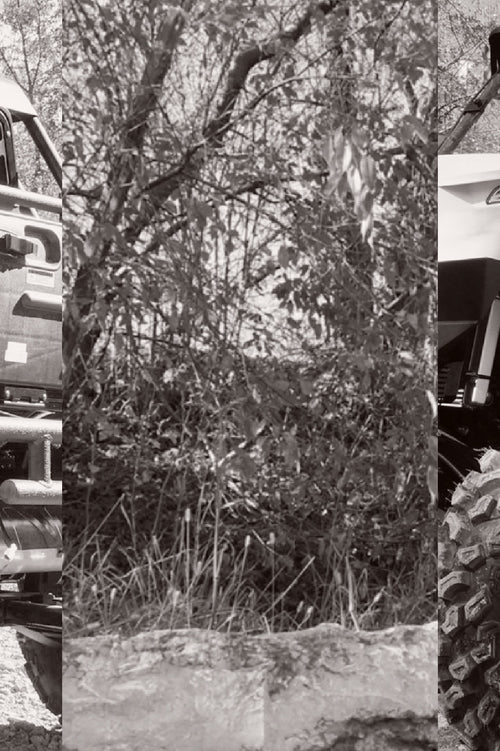 View all ODES UTV Performance mods
View all ODES UTV Performance mods
-
 ODES UTVS best sellers
ODES UTVS best sellers -
Original price $ 38.49 - Original price $ 55.99Original price$ 38.49 - $ 55.99$ 38.49 - $ 55.99Current price $ 38.49
ODES Oil Change Kit for 800 and 1000 Engines
Scooter's PowersportsODES Industries recommends an engine oil change at 25-hours of run time or 1000 miles. (We won’t tell if you turn that down to once every 50-hours ...
View full detailsOriginal price $ 38.49 - Original price $ 55.99Original price$ 38.49 - $ 55.99$ 38.49 - $ 55.99Current price $ 38.49 -
Original price $ 7.99 - Original price $ 7.99Original price$ 7.99$ 7.99 - $ 7.99Current price $ 7.99
ODES Oil Filter - High-Performance
Not specifiedHigh-performance aftermarket ODES oil filter. Compatible with 800cc and 1000cc ODES engines. Be sure to select your make and model before adding to...
View full detailsOriginal price $ 7.99 - Original price $ 7.99Original price$ 7.99$ 7.99 - $ 7.99Current price $ 7.99 -
Original price $ 49.99 - Original price $ 62.00Original price$ 49.99 - $ 62.00$ 49.99 - $ 62.00Current price $ 49.99
Pivot Works Wheel Bearing Kit for ODES - Lifetime Replacement!
Pivot WorksIn stockPivot Works wheel bearing kit for 2012+ 800cc and 1000cc UTVs from ODES Industries. Fitment includes the Short Travel (Standard) suspension and the...
View full detailsOriginal price $ 49.99 - Original price $ 62.00Original price$ 49.99 - $ 62.00$ 49.99 - $ 62.00Current price $ 49.99 -
Original price $ 159.99 - Original price $ 204.99Original price$ 159.99 - $ 204.99$ 159.99 - $ 204.99Current price $ 159.99
Air Filter Relocation Kit for ODES UTVS
Scooter's PowersportsIn stockOur very own Air Filter Relocation kit for ODES UTVS. Designed and manufactured by Scooter's Powersports. Unlike some ODES Air Filter Relocation K...
View full detailsOriginal price $ 159.99 - Original price $ 204.99Original price$ 159.99 - $ 204.99$ 159.99 - $ 204.99Current price $ 159.99 -
Original price $ 40.99Original price $ 40.99 - Original price $ 40.99Original price $ 40.99Current price $ 36.95$ 36.95 - $ 36.95Current price $ 36.95
ODES 800cc Air Filter | 21040401001
ODES IndustriesOut of stockOEM air filter for ODES 800cc engines. Vehicle Fitment This part is compatible with the following vehicles 2012+ ODES Dominator 800 2015+ ODES Dom...
View full detailsOriginal price $ 40.99Original price $ 40.99 - Original price $ 40.99Original price $ 40.99Current price $ 36.95$ 36.95 - $ 36.95Current price $ 36.95Sold out -
Original price $ 18.99 - Original price $ 18.99Original price$ 18.99$ 18.99 - $ 18.99Current price $ 18.99
Fast Boot Kit
MooseIn stockExtremely heavy duty CV boot that fits virtually all ATVs and UTVs. Additional rib to allow boot to expand for larger joints Improved clamp retain...
View full detailsOriginal price $ 18.99 - Original price $ 18.99Original price$ 18.99$ 18.99 - $ 18.99Current price $ 18.99 -
Original price $ 29.99 - Original price $ 29.99Original price$ 29.99$ 29.99 - $ 29.99Current price $ 29.99
ODES Ball Joint Kit
Scooter's PowersportsODES ball joint kit for 800cc and 1000cc ODES UTVs. ODES Ball Joint Kit Includes (1) Ball joint (1) Circlip (1) Cotter pin (1) Nut Each kit provi...
View full detailsOriginal price $ 29.99 - Original price $ 29.99Original price$ 29.99$ 29.99 - $ 29.99Current price $ 29.99

